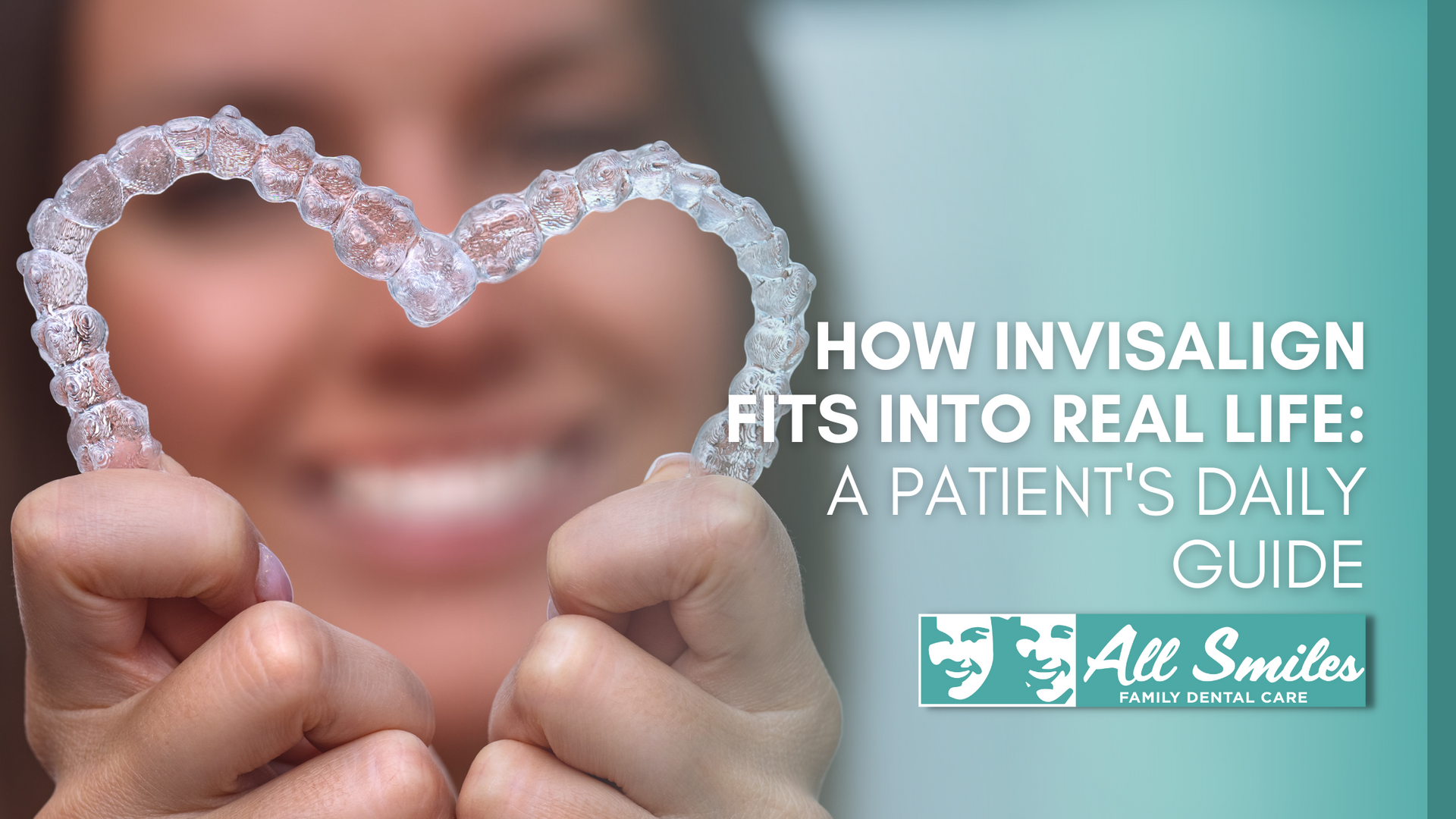What Is the Best Age to Get Braces?
One of the most frequently asked questions about teeth straightening concerns the timing of the first visit to the orthodontist. Luckily, there are advantages to getting an evaluation completed at nearly any stage in your life if you have any smile concerns. What is the best age to get braces? Surprisingly, the true answer is any time between the beginnings of the eruption of permanent teeth all the way through adulthood. Exploring your timing options can help you make an informed decision on you or your child’s smile correction and help you decide which interventional stage is right for your situation.
Early Intervention (Ages 7 to 9)
If your child is between the ages of 7 and 9, evaluation by an orthodontist typically serves a preventative purpose. Often, issues that might become more of a concern if left untreated can be recognized and corrected while they are still easier to correct. A visit to an orthodontist in Lake Jackson, TX at an early age can help determine if your child might have issues with:
- Jaw alignment
- Jaw growth issues
- Spacing or crowding concerns
- Bite, including overbite, underbite or crossbite
- Crooked teeth
Through an early diagnosis of any of the above issues, preventative treatment can be provided in a plan for future braces. One of the greatest advantages to early intervention is the potential to shorten the total time braces will need to be worn. Since a child of this age is still experiencing major growth in the head and jaw, plates can be used to correct many developmental conditions. This will allow normal development to take place before the majority of the permanent teeth erupt.
Not all children will need early intervention orthodontic services, so an evaluation can be helpful for deciding if pre-braces treatment is right for your situation. If your child is experiencing a difficult time biting into or chewing food or if the jaw is making a popping sound, alignment could be an issue. Some behavior such as long-term thumb or finger sucking could lead to early treatment needs. In some situations, teeth that are lost too early or too late can lead to bite or alignment issues. Crowded teeth, teeth that are blocked or teeth that erupt in misplaced areas are all causes for an early evaluation.
Standard Intervention (Ages 10 to 14)
The pre-teen and early teenage years are the most typical years for orthodontic treatment. There are many advantages to beginning orthodontic care at this age. Many of the permanent adult teeth have already come in, but head growth is still occurring at a rapid pace. For this reason, teeth are able to be straightened and moved more easily and most of the modern orthodontic treatment options should be available for your child.
One of the greatest advantages to getting teeth straightened and bite aligned before adulthood is the prevention of decay that is more likely to occur between teeth that are crowded or crooked. Using orthodontics, the teeth can be placed in proper alignment and will be easier to clean for cavity prevention. Children in this age demographic are typically mature enough to handle the cleaning and maintenance of braces, especially when motivated by a straight and healthy smile.
Braces can be fun for teenagers these days! Treatment options are available in a variety of styles and colors. Comfort has been increased with modern orthodontics, and typically a pre-teen or teenager will only need to wear braces for 12 to 24 months. Length of time varies depending on the individual’s response and willingness to follow the directions of the orthodontist.
Adult Orthodontic Treatment
There are many reasons why adults with smile concerns did not receive orthodontic treatment at an earlier age. Regardless, orthodontic treatment for adults has become commonplace, and there are many modern options in care available for adults pursuing a beautiful and healthy smile. In addition to standard metal braces, many aesthetically pleasing options are available. Some of these options include:
- Clear Braces
- Braces secured behind the teeth
- Invisible Braces
- Ceramic Braces
Whether the goal is healthier teeth or a more confident smile, pursuing orthodontic treatment as an adult can have a positive effect on your quality of life. You are never too old to gain a healthy, beautiful smile. In fact, according to the American Association of Orthodontists adults account for one out of every five patients.
How to Take the Next Step
If you are considering orthodontics for you or your child, the first step should be contacting an orthodontist for evaluation of your dental situation. If you are wondering, “Do I have a reputable orthodontist near me?” you can reach out to All Smiles Family Dental Care in Lake Jackson, TX, for any of your orthodontic or other dental care needs. It’s never the wrong time to take the next step toward gaining and maintaining a lifelong, confident smile. Book a dental appointment with us today!
Featured Image: Getty Images / MarianVejcik
The post What Is the Best Age to Get Braces? first appeared on All Smiles Dentistry.



